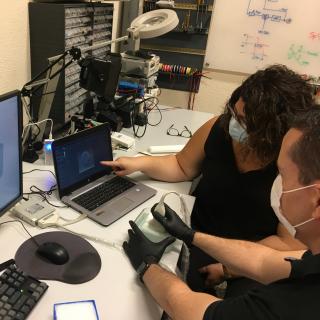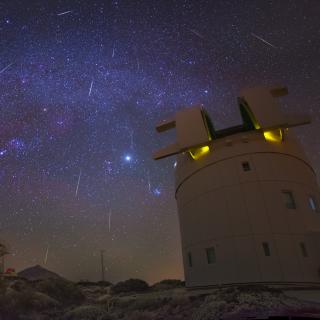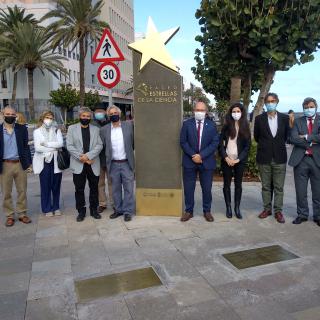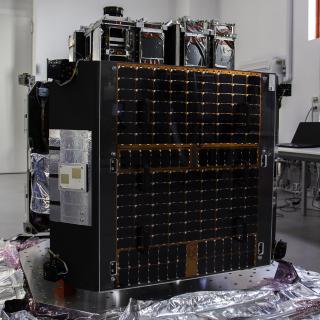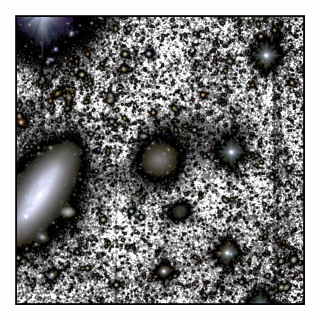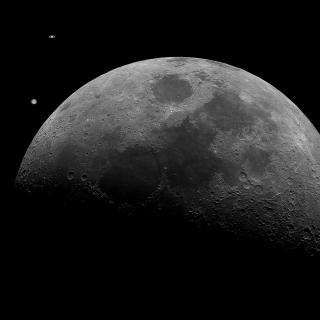
The astronomical event of the year took place on December 21st, a very close conjunction of Jupiter and Saturn which was broadcast on Internet in the channel of astronomical events Sky Live TV and the Cultural Section of Astronomy Cassiopeia of the University of La Laguno on the 20th and 21st from the Teide Observatory. Images and videos of the conjunction were taken, and they are detailed in this press release.
